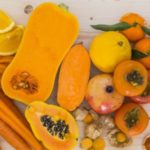The bird in question is the flamingo, a bird with strikingly red plumage. Flamingos inhabit saline lakes, swamps, and are found in Africa, South America, and India. With a long history dating back approximately 40 million years, flamingos have graced the skies of planet Earth for millennia.
Legend of the Flamingo’s Plumage Color
Flamingos possess vibrant red feathers. Legend has it that these birds fed their young with their own blood or brains, resulting in the distinctive color of their offspring’s plumage. A video once circulated depicting flamingos appearing to peck at each other’s heads to draw blood, shocking many viewers. In reality, the red liquid consumed by flamingo chicks is not blood but a nutrient-rich substance known as “crop milk” or “Flamingo milk.” This milk is produced in the upper digestive tract of both male and female flamingos and is regurgitated to feed their young. Flamingo chicks rely solely on this milk for sustenance during their first two months of life.
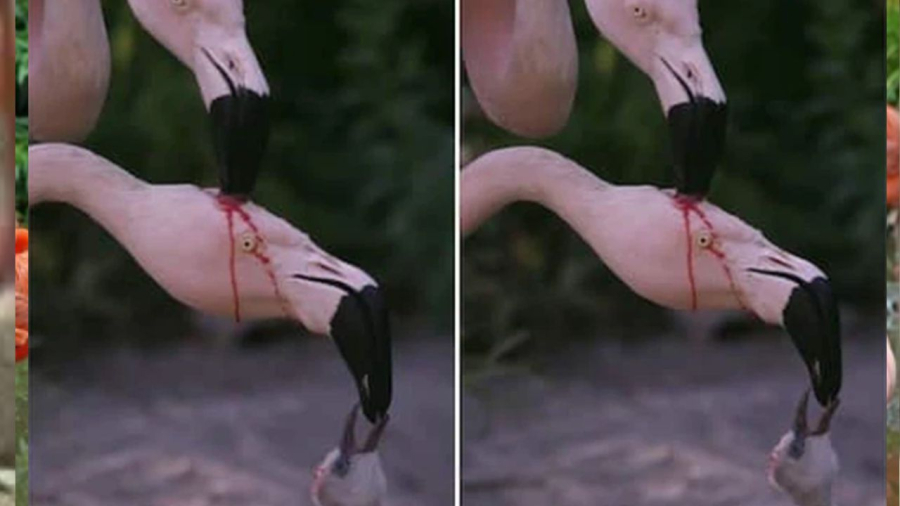
Misunderstood Image of Chick Consuming “Blood”
The true origin of the flamingo’s feather color lies in their diet. Carotenoids, organic pigments found in their unique diet, are responsible for the yellow, orange, and red hues in various foods. Flamingos primarily feed on shrimp, clams, insects, and algae—all rich sources of carotenoids. As they digest these foods, the carotenoids are absorbed and deposited in their feathers, skin, and eyes, resulting in their distinctive red coloration.
Consequently, the shade of red in flamingo plumage varies depending on their geographic location and the specific types and amounts of carotenoids in their diet.
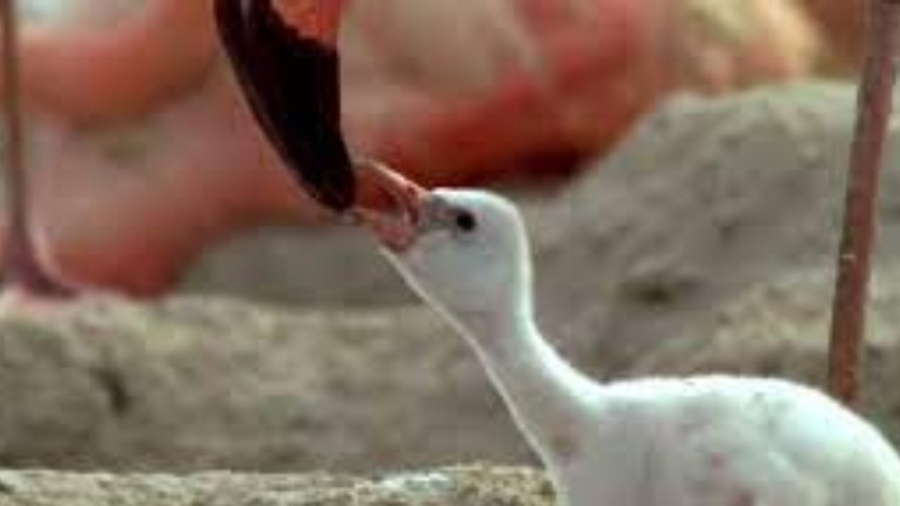
Grayish-White Chicks Gradually Turn Pink Over Three Years
Flamingos’ Unique Feeding Technique
Flamingos have long legs and a uniquely curved bill, with the lower mandible being larger than the upper one. This specific bill structure enables them to employ a special feeding technique known as “filter feeding.” When foraging for food in the water, flamingos invert their heads, dipping them below the surface, and swiftly filter out water and sediment with their tongues. The filtering feathers on both sides of their bills help separate the water and sediment from the upper bill, allowing them to swallow the nutrient-rich liquid from the lower bill.
This efficient filtering mechanism allows flamingos to effectively extract their primary food sources, such as shrimp, mussels, insects, and algae, from the water.
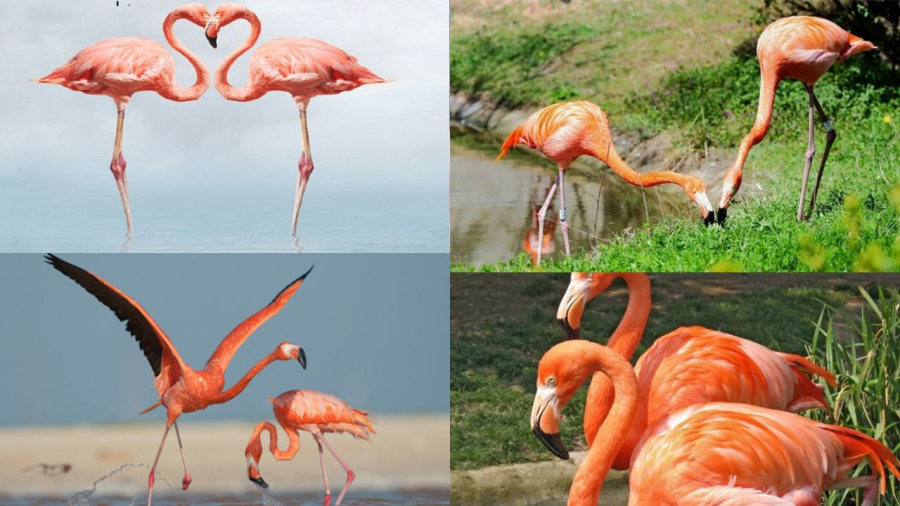
The Unique and Fascinating Flamingo
Symbol of Love and Unique Parenting
Flamingos are often associated with couples and love. Known for their monogamous nature, flamingos typically mate for life, forming lifelong bonds. During courtship, flamingos engage in elaborate dances, including head shaking, wing flapping, circular movements, and vocalizations, creating a captivating spectacle. Once paired, they collaborate to build nests, lay eggs, and raise their young.
Flamingo nests resemble small hills constructed from mud, stones, feathers, and other materials, standing about 30 cm tall. These nests protect the eggs from water and potential predators. Each pair typically lays a single egg, which is then incubated by both parents, taking turns, for approximately 28-32 days until the chick hatches.
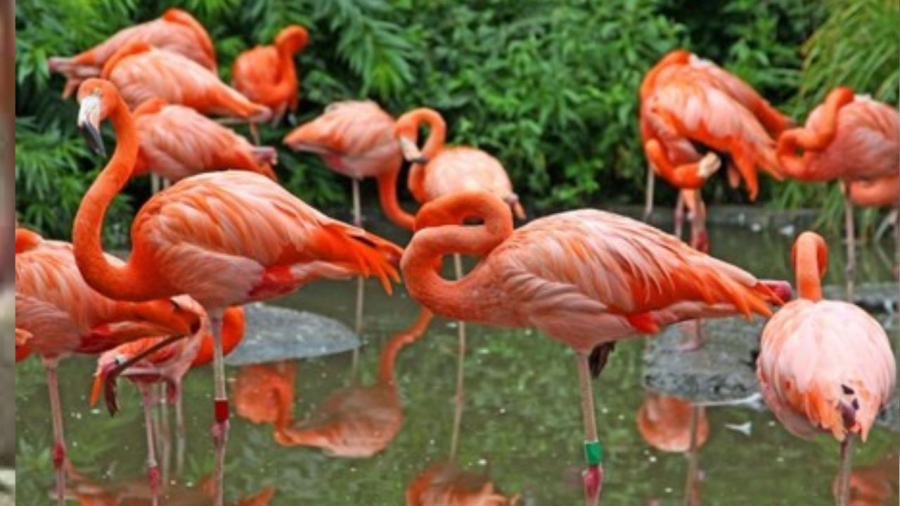
Declining Flamingo Populations
At birth, flamingo chicks are grayish-white. It takes about three years for them to develop the distinctive red plumage of their parents. While they can swim and feed soon after hatching, they still require constant protection and feeding from their parents.
Flamingo parents produce a plant-based milk, known as “crop milk,” to feed their young. This milky fluid, secreted by both male and female flamingos, is rich in proteins, fats, and carotenoids, providing essential nutrients for the growth of the chicks. The presence of carotenoids in this milk gives it a reddish or pinkish hue, which has often been mistaken for the birds’ blood.
A Species in Need of Protection
Beyond their intriguing milk secretion, flamingos captivate and intrigue people with their complex and mysterious behaviors, such as their unique feeding technique, courtship dances, and milk-feeding. Additionally, flamingos are known for their ability to stand on one leg and their sensitivity to impending rain, further adding to their allure.
With their tall stature of up to 1.45 meters, flamingos also stand out for their slender legs. Unfortunately, flamingo populations are declining due to various threats, including wetland degradation, climate change, and illegal hunting. Environmentalists advocate for enhanced protection and management of flamingo habitats to ensure the continued survival and display of these graceful pink ambassadors on Earth.

























